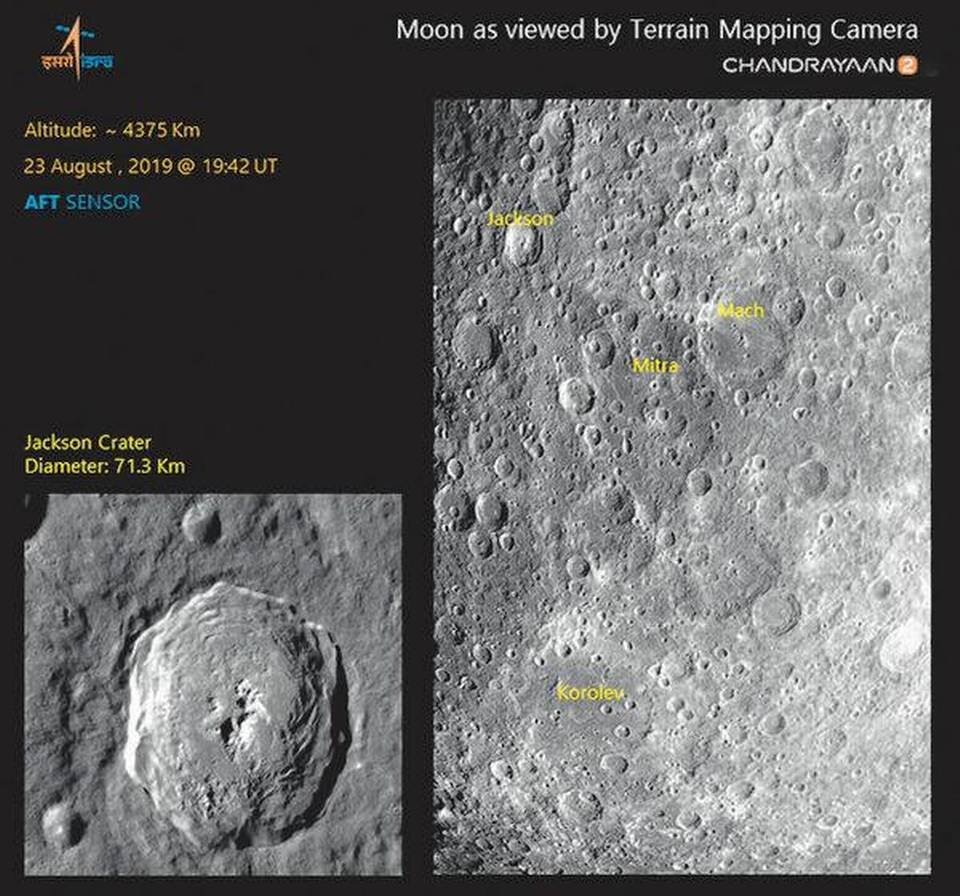Important Facts For Prelims
Chandrayaan-2 Scans Mitra Crater
- 28 Aug 2019
- 3 min read
Recently, the Chandrayaan-2’s orbiter has scanned a crater on the moon named after 20th century’s acclaimed radio physicist Sisir Kumar Mitra.
- The set of images taken by the Chandrayaan-2, also include the images of impact craters namely:
- Jackson: Named after a Scottish astronomer.
- Mach: Named after an Austrian physicist and philosopher.
- Korolev: Named after the father of the space programme of the erstwhile USSR.
- The Working Group for Planetary System Nomenclature of the International Astronomical Union (IAU)—the global authority for naming planetary features in the solar system— had named the impact based crater after Professor Sisir Kumar Mitra in 1970.
Sisir Kumar Mitra
- Sisir Kumar Mitra was an Indian physicist who led the research in the ionosphere– the upper region of the atmosphere–and radiophysics.
- He was the first to introduce the teaching of radio communication in India.
- His book, ‘Upper Atmosphere’ is considered as the Bible for research workers in the field of the ionosphere.
- In the 1950s, he advocated space research and high altitude rocket research programmes which had been successfully conducted by the US and USSR.
Lunar Craters
- Lunar Craters are bowl-shaped landforms created by Volcanism and Cratering.
- There are hundreds of thousands of moon craters ranging from less than a mile across to giant basins.
- The largest crater on the Moon is called South Pole-Aitken Basin.
- Moon’s lack of water, atmosphere, and tectonic plates, there is little erosion, and craters are found that exceed two billion years in age.
Chandrayaan-2
- It will attempt to soft-land the lander -Vikram and rover- Pragyan in a high plain between two craters, Manzinus C and Simpelius N.
- It is the first Space Mission to conduct a soft landing on the Moon's south polar region.
- It is the First Indian expedition to attempt a soft landing on the lunar surface with home-grown technology.
- India is the fourth country ever to soft-land on the lunar surface.







